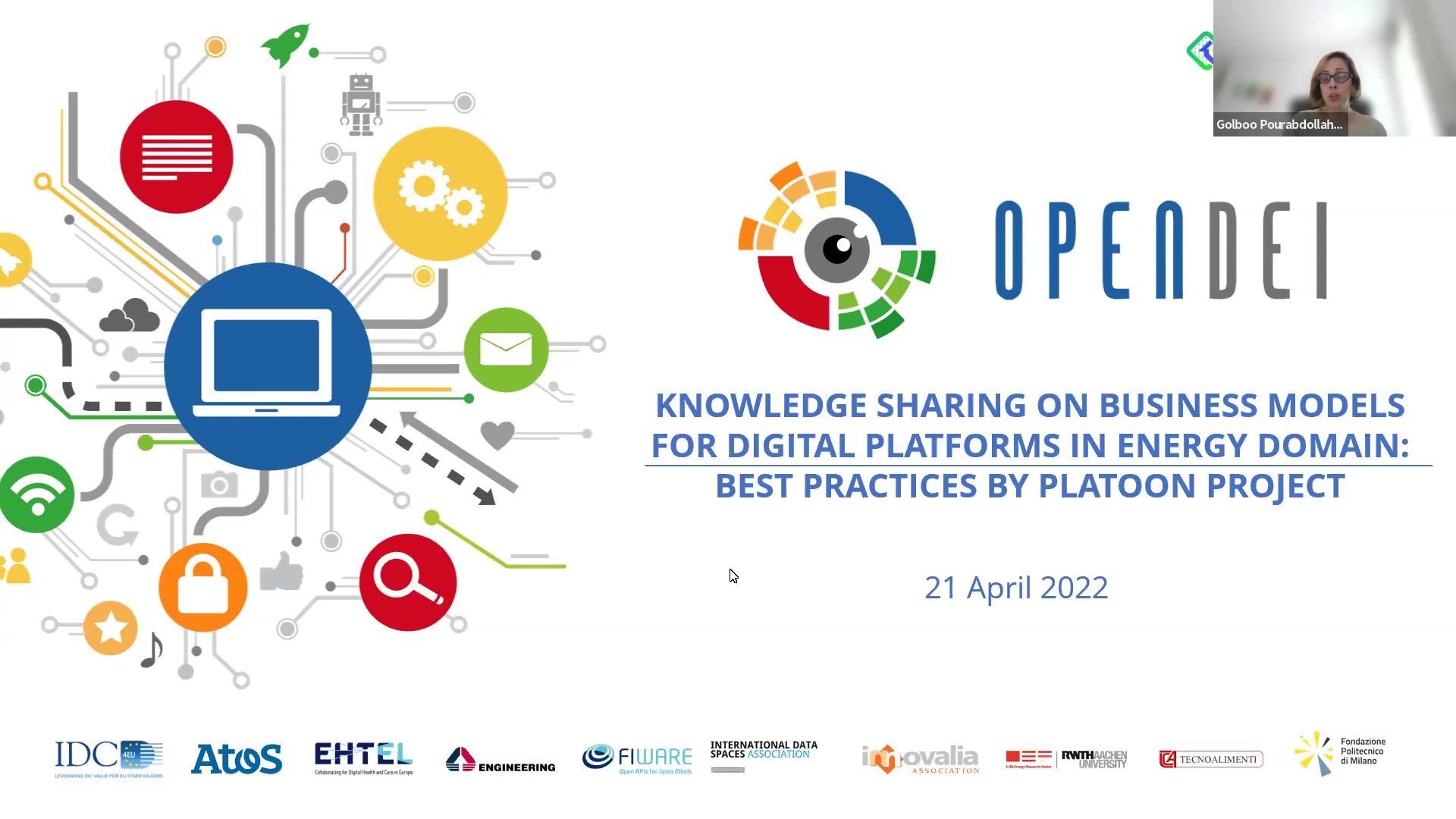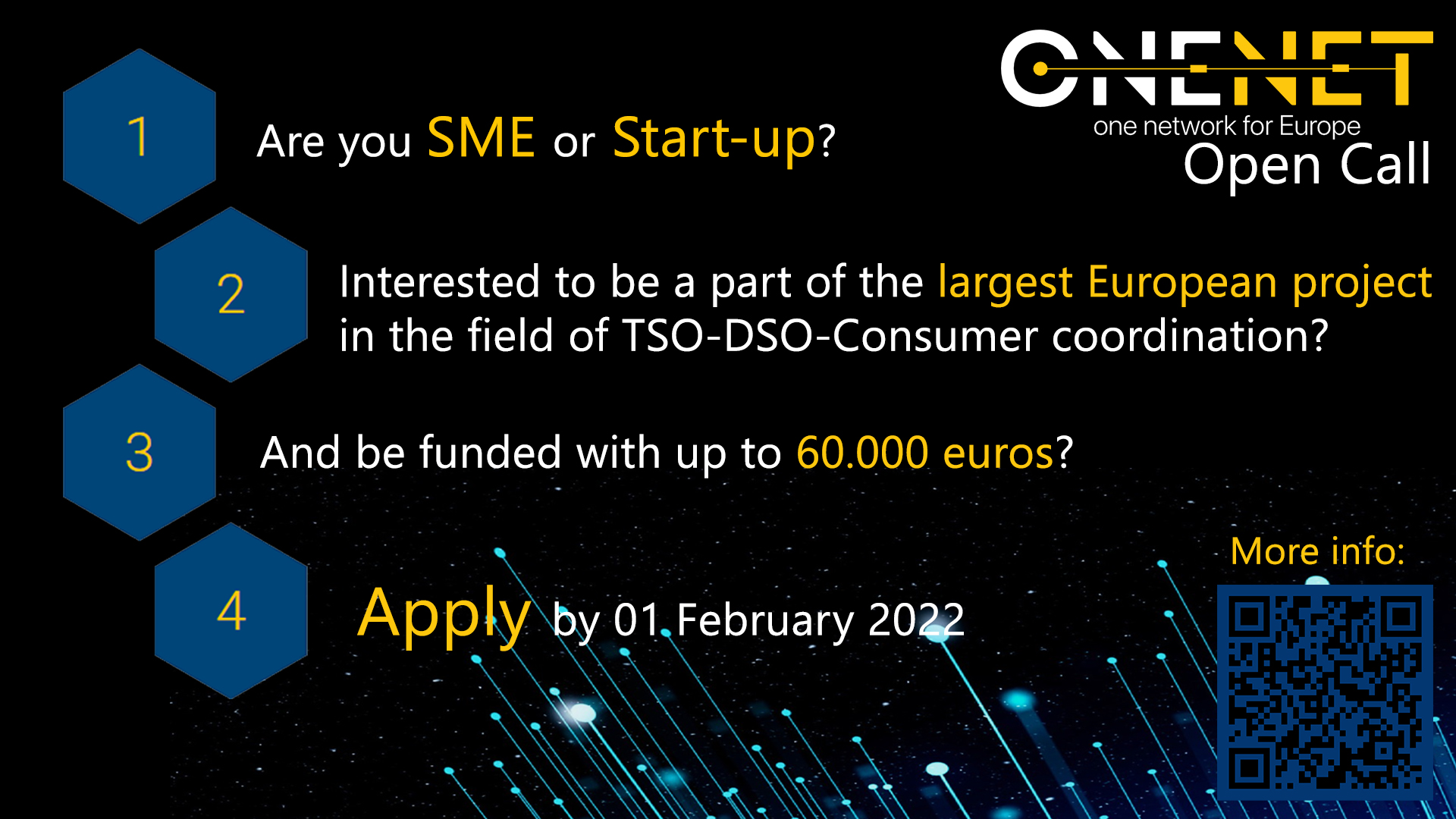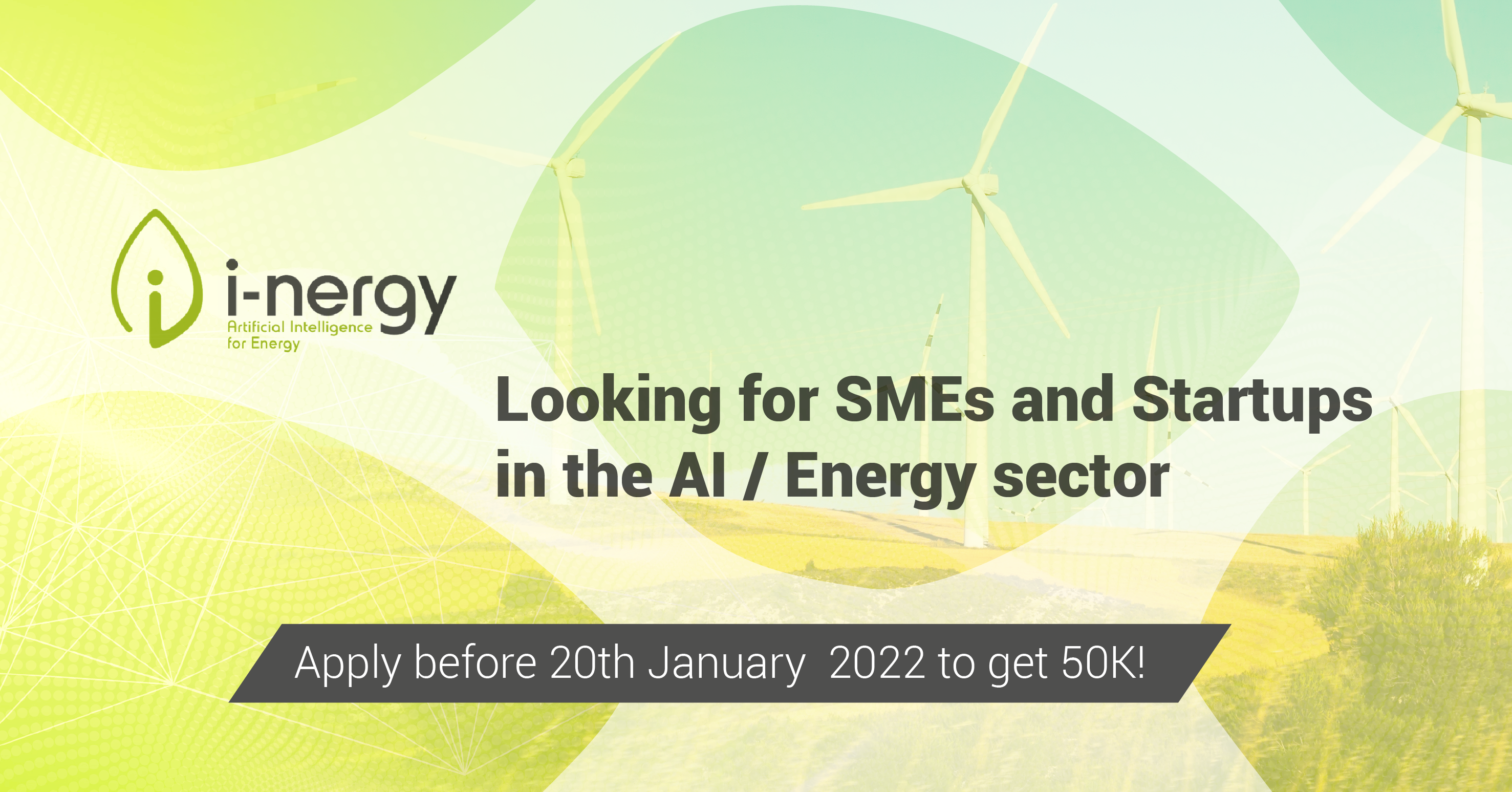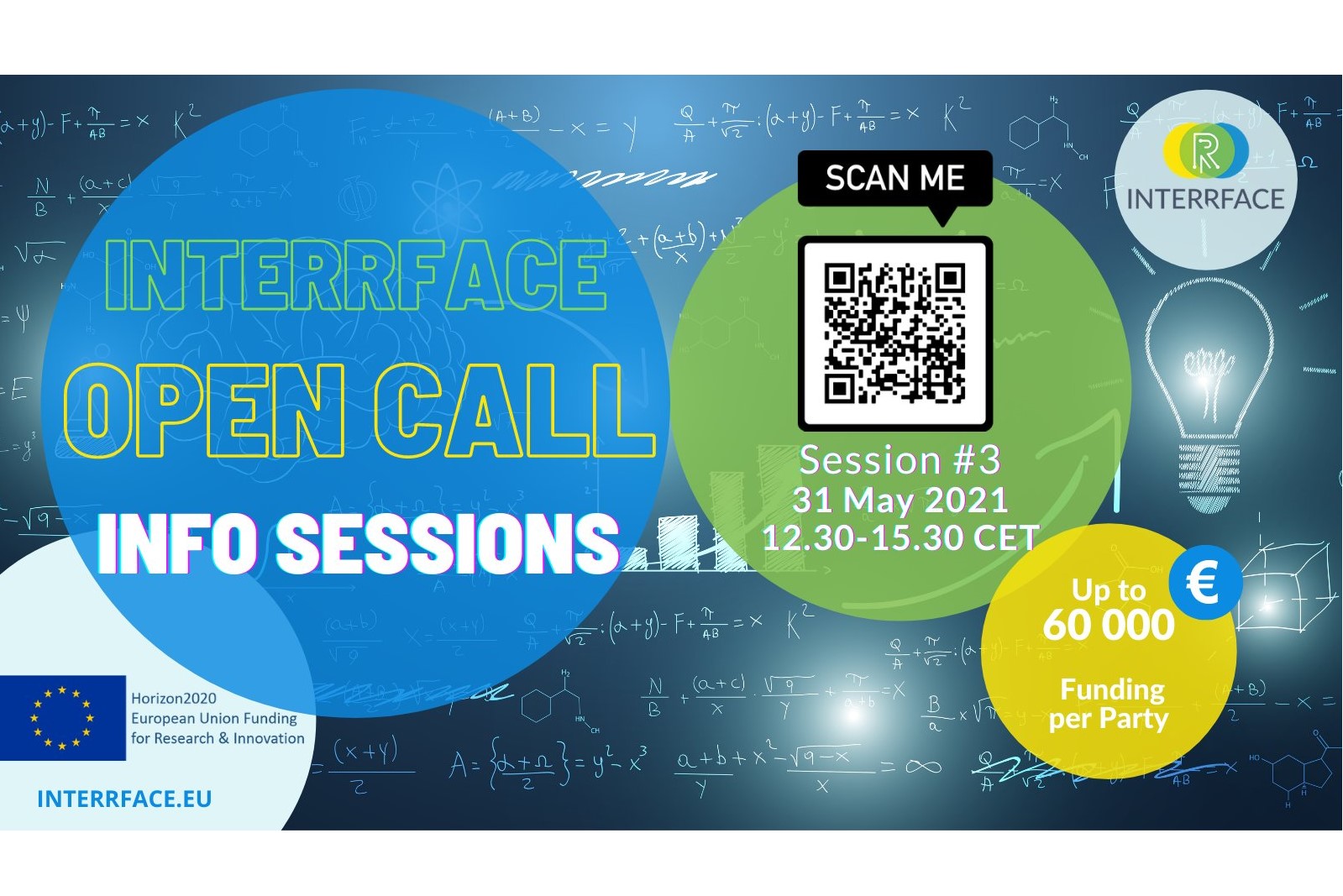Extract from the blog post “European Utility Week – The Energy Transition Is Happening in Customers’ Homes – Are Utilities in Control?” – 28 November 2019, Bidgely
Guest Author: Jean-François Segalotto, Associate Research Director, IDC Energy Insights
With Europe becoming the pioneer of energy transition, the European Utility Week (EUW) has evolved from a classic industry trade fair to a hotbed of energy innovation and thought leadership. This year’s Parisian event was no exception, with the emphasis on the transition bigger and bolder than ever before.
Let’s define energy transition as the process of decarbonising energy production while electrifying energy consumption (space heating, transportation, industrial loads, etc.). It’s easy to see how much of this process is driven by the end users — the amount of energy generated behind the meter is growing, as are the number and variety of energy devices and the size of loads. In fact, 45% of annual battery capacity additions are already behind the meter today. By 2040, distributed systems will account for more than 40% of total PV installed capacity worldwide and buildings will represent over 54% of all electricity demand growth (for heating, cooling, lighting and appliances). The question for European energy utilities is: can you see, and respond to, what is happening in customers’ homes?
[…]
The Plan
Here’s a five-point data-driven action plan to help energy retailers regain customer mindshare:
- Get customers’ consent to use data from smart meters for added-value services — it’s gold.
- Move from segmentation to hyper-personalisation:
- Understand what type of customer you’re dealing with:
- “Green”: Are they willing to go the extra mile to reduce their carbon footprint (maybe they’re buying an EV or already own solar)?
- Cost conscious: Are they looking to save on their energy cost?
- Comfort and convenience: Don’t forget there are people who care very little about energy. But there are ways to please these customers too.
- Understand your customers’ behaviour: Who are they? How and when do they consume energy? What kind of demography and lifestyle profile does this suggest?
- Understand your customers’ energy ecosystem: What loads do they have? Have they bought an EV? Have they converted some of their thermal loads to electricity? Is there a better tariff for them?
- Serve a customer base of one: Empower your customers with personalised energy insights and build dedicated customer journeys around them.
- Make the journeys dynamic and interactive over time: Be ready to adapt as your customers’ behaviour changes and evolves.
- Think big: Start small, but once value is proven, scale fast. In the age of AI, data abundance will only make your insights sharper and your services better.




